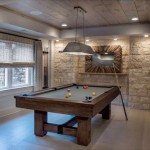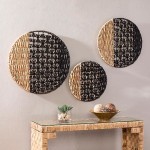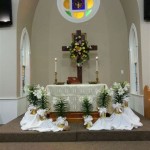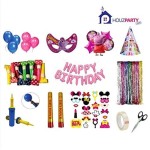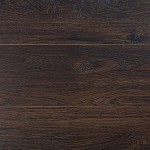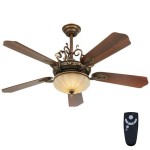Essential Aspects of Home Decor Design Styles
Home decor styles play a crucial role in defining the aesthetics, functionality, and overall atmosphere of a space. Understanding the essential aspects of these styles empowers individuals to create well-designed and cohesive living environments that reflect their personality and preferences. This article delves into the key factors that influence home decor design styles, guiding readers towards making informed choices in their decorating endeavors.
Color Palette: Colors possess transformative power, evoking emotions and influencing the perceived size and ambiance of a room. Neutral hues, such as white, gray, and black, create a blank canvas that allows other elements to take center stage. In contrast, bold and vibrant colors, like red, blue, and yellow, make a strong statement and add energy to a space. Understanding color theory and the psychological effects of hues is vital in creating a harmonious and visually pleasing decor.
Furniture Selection: Furniture serves both functional and aesthetic purposes, shaping the overall character of a room. The size, shape, and style of furniture should complement the available space and the desired design style. Whether opting for traditional, modern, or contemporary pieces, the choice of furniture should align with the intended atmosphere and lifestyle.
Textile Choices: Fabrics and textiles, including curtains, upholstery, and rugs, add warmth, texture, and personality to a space. The selection of materials, from natural fibers like cotton and linen to synthetic blends, impacts the durability, comfort, and style of a room. Understanding the different textures and patterns available enables individuals to create visual interest and enhance the overall ambiance.
Lighting Design: Lighting has a profound impact on the mood and functionality of a space. Natural light sources should be maximized, while artificial lighting, such as lamps, chandeliers, and sconces, can create ambiance and highlight specific areas. The type of light fixtures and the intensity of illumination should be carefully considered to achieve the desired effect.
Wall Treatments: Walls form the backdrop of a room and offer a vast canvas for creative expression. Paint colors, wallpapers, paneling, and molding can transform the character of a space. The choice of wall treatments should complement the overall design style and add visual interest or texture to the room.
Decorative Accessories: Accessories, including vases, sculptures, artwork, and plants, add personality and flair to a space. They can serve as focal points, create visual interest, or introduce pops of color and texture. The selection and placement of accessories should be mindful of scale and harmony, ensuring they complement the other elements of the design.
By considering these essential aspects, individuals can create home decor designs that align with their personal style, enhance the functionality of their spaces, and create living environments that reflect their personality and aspirations.

40 Interior Design Styles Defined

Types Of Interior Design Styles Modern Minimalist Eps

The 16 Most Popular Interior Design Styles Explained

Interior Design Styles 28 Popular Ideas For 2024 And Beyond

21 Most Popular Types Of Interior Design Styles Foyr

7 Most Popular Types Of Interior Design Styles In 2024 Beautiful Homes

Design Styles A Look At Modern Vs Contemporary Interior

Eight Stylish Options For An Interior Design Upgrade To Your Home

Part 2 Interior Design Styles Ellecor

20 Classic Interior Design Styles Defined Décor Aid
